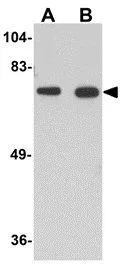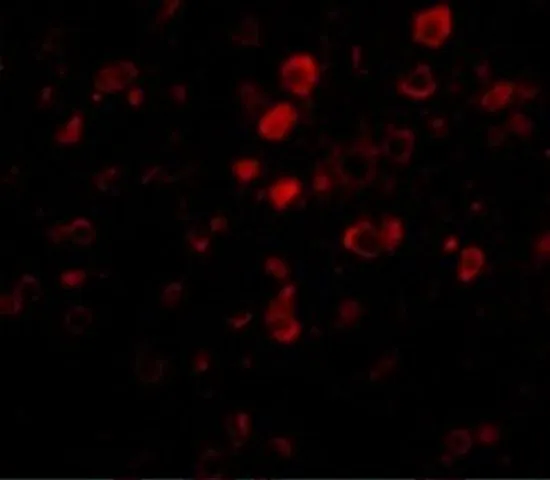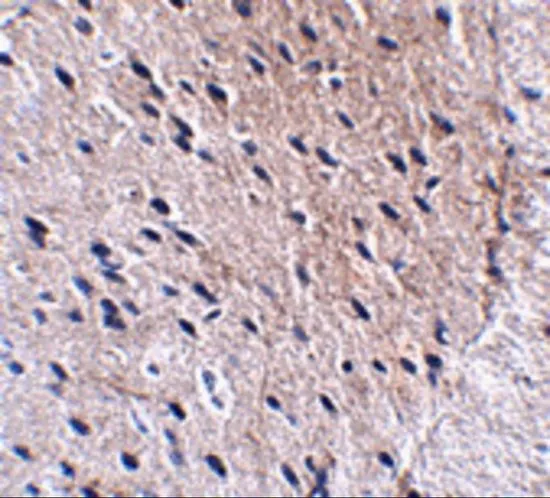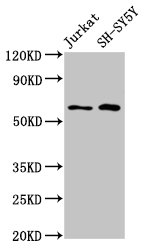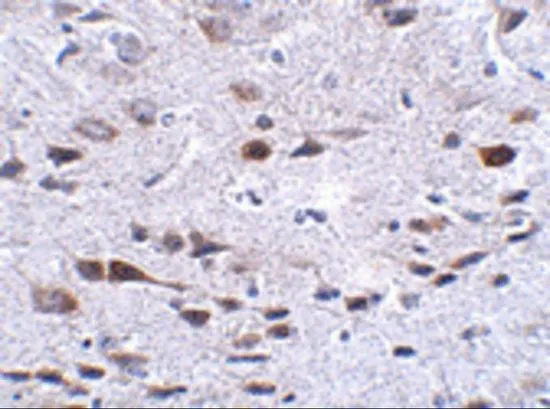
IHC-P analysis of mouse brain tissue using GTX85297 Bora antibody. Working concentration : 2.5 microg/ml
Bora antibody
GTX85297
ApplicationsWestern Blot, ELISA, ImmunoHistoChemistry, ImmunoHistoChemistry Paraffin
Product group Antibodies
TargetBORA
Overview
- SupplierGeneTex
- Product NameBora antibody
- Delivery Days Customer9
- Application Supplier NoteWB: 1 - 2 microg/mL. IHC-P: 2.5 microg/mL. *Optimal dilutions/concentrations should be determined by the researcher.Not tested in other applications.
- ApplicationsWestern Blot, ELISA, ImmunoHistoChemistry, ImmunoHistoChemistry Paraffin
- CertificationResearch Use Only
- ClonalityPolyclonal
- Concentration1 mg/ml
- ConjugateUnconjugated
- Gene ID79866
- Target nameBORA
- Target descriptionBORA aurora kinase A activator
- Target synonymsC13orf34, protein aurora borealis
- HostRabbit
- IsotypeIgG
- Protein IDQ6PGQ7
- Protein NameProtein aurora borealis
- Scientific DescriptionBora (Protein aurora borealis) is a key activator of Aurora Related Protein Kinase A (ARK-1), which is a centrosome-associated serine/threonine kinase that regulates centrosome maturation, bipolar spindle assembly and chromosome segregation during mitosis. Bora is localized to the nucleus until mitosis is initiated, then translocates to the cytoplasm in a Cdc2 dependent manner. Activation of Cdc2 initiates the release of Bora into the cytoplasm where it can bind and activate ARK-1. PLK1 (polo-like kinase-1) interacts with Bora to control the accessibility of its activation loop for phosphorylation and activation by ARK-1. Bora and ARK-1 cooperatively activate PLK1 and control mitotic entry. Bora mutants result in multipolar spindles in mitosis identical to those observed when ARK-1 function is blocked. Thus, the ARK1-Bora-PLK1 regulatory circuit in mammalian cells elucidates a key mechanism in cell cycle regulation. At least three isoforms of Bora are known to exist.
- Storage Instruction-20°C or -80°C,2°C to 8°C
- UNSPSC12352203

